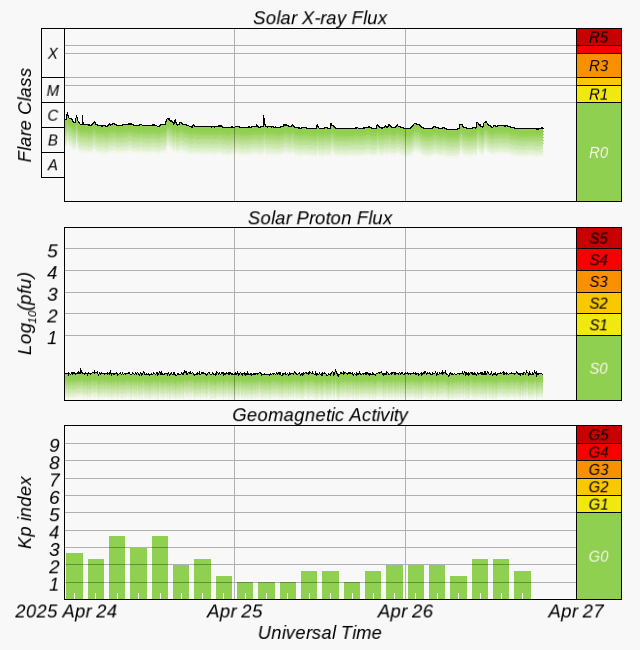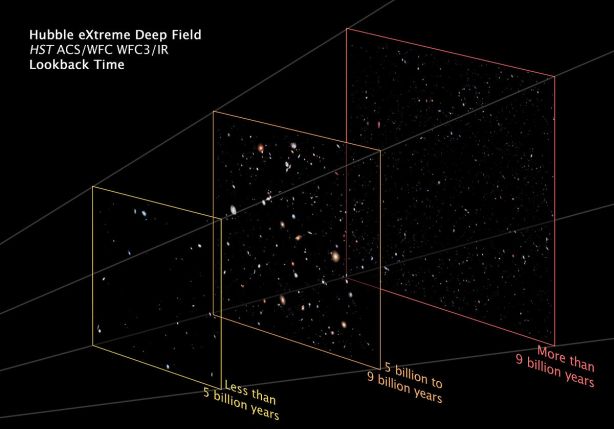
Only at night though, it seems. “It’s a story with a lot of plot twists”, said a Mars project scientist. Saturn’s moon Titan is awash with methane, but no sign of life present or past, so why should Mars having some be a surprise?
– – –
The most surprising revelation from NASA’s Curiosity Mars Rover—that methane is seeping from the surface of Gale Crater—has scientists scratching their heads, says Phys.org.
Living creatures produce most of the methane on Earth [Talkshop comment – really?]. But scientists haven’t found convincing signs of current or ancient life on Mars, and thus didn’t expect to find methane there.
Yet, the portable chemistry lab aboard Curiosity, known as SAM, or Sample Analysis at Mars, has continually sniffed out traces of the gas near the surface of Gale Crater, the only place on the surface of Mars where methane has been detected thus far.





















